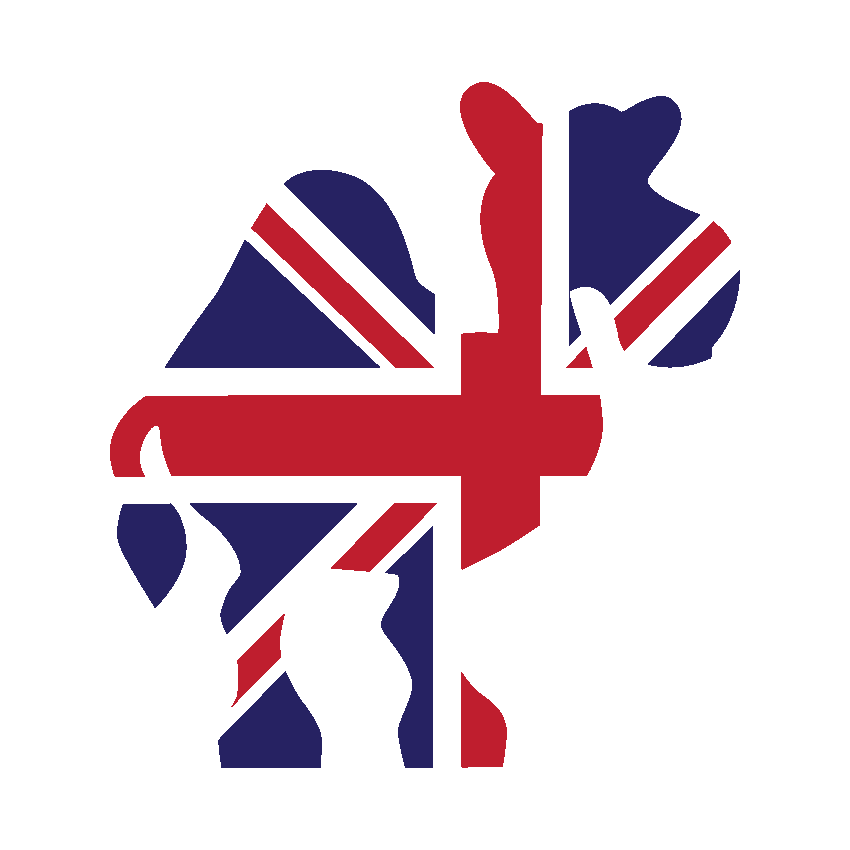Cross Stitch
- Sarah Matthews

- Jun 9, 2018
- 3 min read
Cross stitch is exactly what it says on the tin. It’s a form of needlework made up of tiny cross stitches in the shape of an ‘X’, a combination of cross stitches forms a picture.

Cross stitch has made a bit of a comeback in recent years. It was popular in the 1980s but fell out of favour in the 90s. I personally think this was because it became too difficult. The designs being offered at the time became more and more intricate and required more colour changes, with sometimes only 1 stitch being made in a particular shade. Don’t get me wrong, the designs were very beautiful but they required a lot of hard work, time and effort to get them right. I now feel that things have gone back to a simpler style with less shading. That’s just my opinion and I’m sure there are people out there who have studied such trends who would know whether this is the case.
There are also now some more modern and funky patterns available and it’s become trendy to stitch onto all sorts of different mediums from wood to phone cases. Embellish anything and everything seems to be the way.
There are plenty of patterns available online for free or as freebies attached to magazines but I decided to have a go at stitching my lovely camel ‘Cecil’.
I traced his outline onto graph paper and then marked in the ‘X’s to represent the stitches. Where the outline went across a square I marked it as a half stitch; a half ‘X’.

Having completed the working diagram I found some aida fabric and some embroidery floss (thread). Aida is an open even weave cotton fabric. It is manufactured with various differently sized spaces or holes to allow different thicknesses of thread to be used. The different sizes are known as ‘counts’. The embroidery floss is a 6 stranded cotton thread. Typically, 2 strands are used at a time but this can be varied depending on the count of the aida and the effect required.
The stitches are worked as follows:


To start I took 1 strand of embroidery floss, folded it in half so that it became 2 strands and threaded the needle with the 2 ends.
Next, I brought the needle up through hole number 1 of my first cross, pulling the thread part of the way through the aida, taking the needle down though hole number 2. I then turned the aida over to look at the back and slipped the needle through the end loop of the doubled embroidery floss to make a neat and secure start.

Then, following the working diagram, I continued to make all the cross stitches, working the holes of each stitch as per the diagram above.

To finish the thread take the needle to the back of the work and slip it under the previously worked stitches and cut off.
The completed design looked like this when finished. I decided to add it to the front of a notebook cover that I made so that I’d see it regularly!


Fancy having a go at cross stitch yourself? If so, do get in touch as we have plenty of kits available to get you started. You could even hold a ‘cupcakes, cocktails and cross stitch’ event with your friends :)




Comments